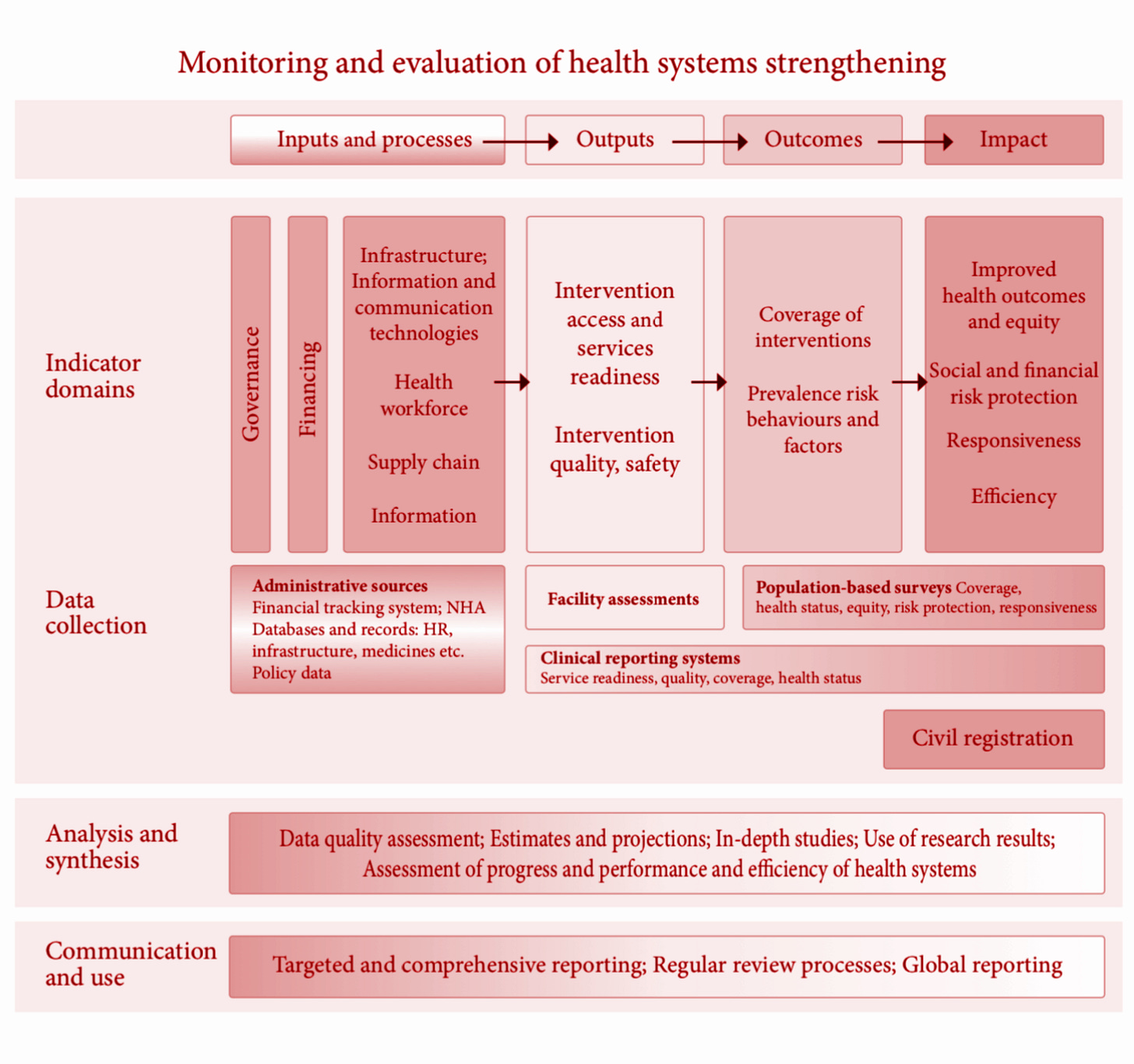Dear Patron,
Healthcare infrastructure in India has always been a challenge, with inadequate funding and shortages of trained medical professionals. As of 2019, according to the World Bank, India had just 0.9 doctors per 1,000 people, which is fewer than the World Health Organization's recommended minimum of 1 doctor per 1,000 people, and the situation is worse in rural areas.
The lack of access to affordable and quality care has resulted in a significant gap in the quality of healthcare provided in urban and rural areas. Many people, particularly those living in poverty, cannot afford the cost of private healthcare and are forced to rely on the overburdened and underfunded public healthcare system. As a result, they often do not receive the medical treatment they need, leading to preventable deaths and suffering.
India stands at the 155th position, amongst 158 countries in its healthcare systems. The poor provisioning of public healthcare can be attributed to consistently low budget allocations. The current expenditure on health, by the centre and the state governments combined, is only about 2.1 percent of GDP which is the lowest among the BRICS countries.
Source: India Today/Vaniiiguptaa
The Problem
According to Ramanan Laxminarayan, Founder & President of One Health Trust and Senior Research Scholar at Princeton University; and Indu Bhushan, Former CEO of Ayushman Bharat, the system fails to provide affordable healthcare services to the most vulnerable.
A day of hospitalisation at a public hospital costs an average of ₹2800, and all childhood vaccinations for a single child cost around ₹1600. But these costs only increase due to the lack of accessible healthcare in rural India, where most people are forced to go to private hospitals.
NuSocia’s research approach on Healthcare Projects
Tried and tested analytical frameworks have been particularly helpful for highlighting when
assumptions are being made about how or under what conditions an intervention in health care or related thematic area is likely to have an effect, in addition to giving a general overview of the topic being examined. There are several frameworks available for assessing healthcare-related projects, each with its own focus and purpose, such as Donabedian’s model, the WHO model, and the OECD models, to name a few.
Since the development of the WHO Health System Framework for healthcare and healthcare systems strengthening, it has arguably become the most used healthcare framework in global forums( Follow the link to read more). The framework has categorised healthcare systems into six large building blocks and includes the process elements like access, quality and safety.The framework also includes the process elements like access, coverage, quality and safety. The objective of the framework encompasses:
In addition to the above, the WHO also specified certain monitoring frameworks for Health System’s Performance that can guide the assessment of the existing frameworks.
Source : WHO
Insights from our work
Being an impact advisory firm, we enable the social impact of our client’s CSR initiatives on the local community for their holistic development. Through various projects, we recommended valuable suggestions from our side to raise the levels of impact on a larger scale. Here are the key recommendations we have given by understanding the commonality in the healthcare challenges in the 13 states where we worked on health thematic areas.
Awareness Generation of Communicable diseases
Through our secondary research, we identified that the government is spending more on reproductive & Child health services (₹ 6273 crores) than on communicable diseases (₹ 2178 crores). However, from primary research, we understood the root cause is communicable diseases also affect children’s & women’s health. Awareness generation can help in creating a greater impact on preventive healthcare practices.
Deployment of Trained Women Health Workers
Our primary research indicates that access to health centers is the biggest challenge for communities in rural India due to poor infrastructural facilities. We also observed that frontline workers cannot provide government health services to the community equitably because of geographic challenges. Training village-level women influencers as community health workers can help to achieve government health services equitable distribution, healthcare awareness, and maintaining and tracking of community data. Also, women don’t have income-generation opportunities in the vicinity so this can be one such opportunity.
Spending some amount of the CSR Budget on Research:
The Union budget of the previous 5 years states that the government is spending only ₹20 per person for research. The majority of the fund is utilized for urban-based institutes that are not working on specific area-wise challenges. From our primary research, we also understood that there are not enough resources for these institutes because of low funds and also neglected by Corporate CSR because it takes an amount of time to show an impact. Supporting local health research institutes for conducting research by focusing on local community health problems and identifying a problem-oriented solution for that.
Improving Infrastructure
20% of the primary healthcare system in India is made up of public facilities. The private sector is responsible for the majority of secondary and tertiary care facilities. A typical government hospital needs to be more staffed in regard to employees, physicians, and nurses. Due to the fact that these hospitals serve a sizable local population, they are frequently overcrowded.
Innovation & Technology
Going forward, there must be a focus on how healthcare data is recorded, stored, and used by technology. With the COVID-19 pandemic, a number of platforms were developed to manage case counts, fatalities, the availability of hospital beds, and other data. The state governments of states like Tamil Nadu developed GIS platforms to monitor containment zones and infection hotspots and to distribute the necessary resources where they were needed.





